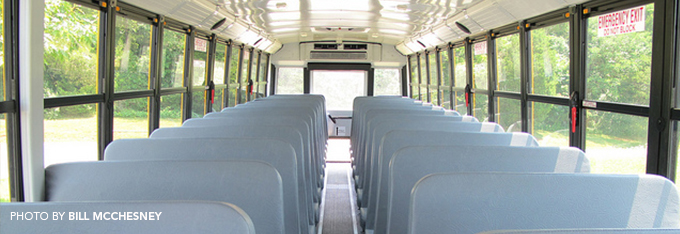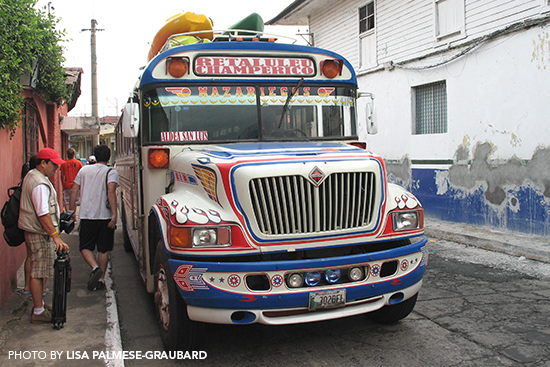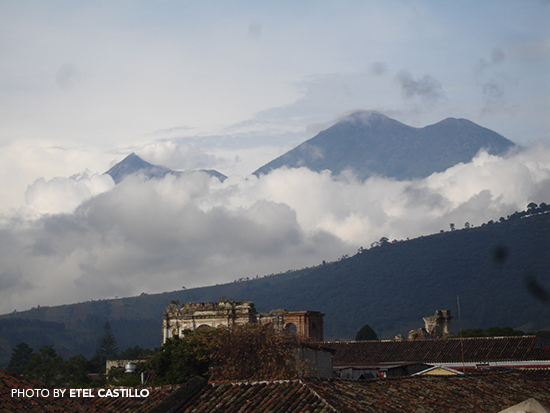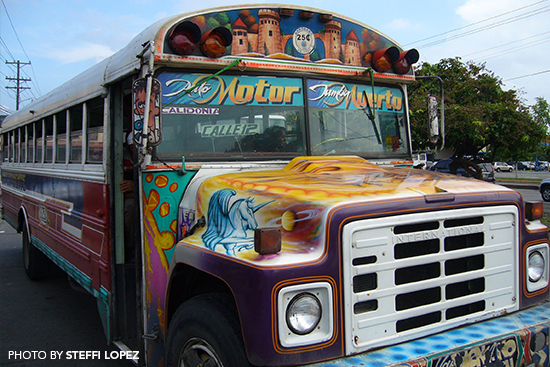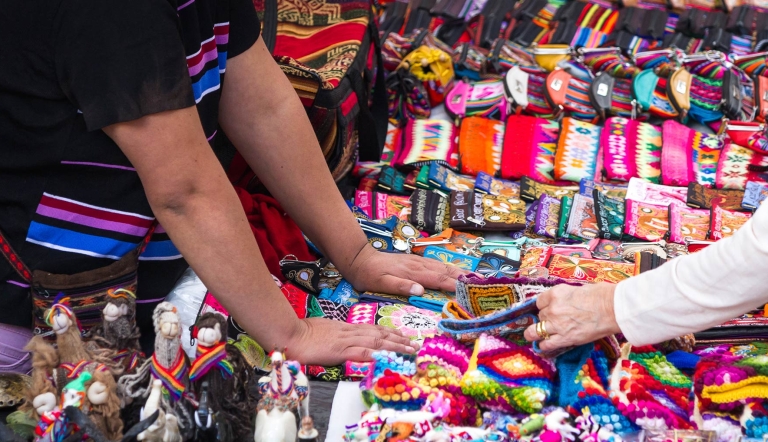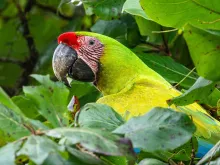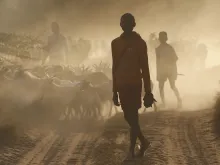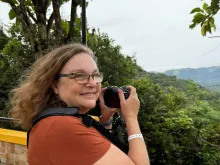It was a cloudy and rainy day on the bus ride to Copán from San Pedro Sula, and I was disappointed because the windows were steamy, and I had to wipe them off every so often to look out onto the countryside and at the people who lived in their humble homes. I could see the campesinos, farmers on horseback herding their cattle with a large machete attached to a piece of rope, which was attached to their belt loops. The children walked cautiously in a single-file line from school, wearing clear plastic bags over their heads and their uniforms to shield them from the rain. The landscape is so beautiful, and sometimes I could see small waterfalls forming from the side of the mountains. For most in Honduras, buses are the only affordable long distance form of transportation and are called “chicken buses.” It was a normal occurrence to see them overtake us with speeds of about 90 miles per hour, at a past-full-passenger capacity that surely would not be up to code in America. These “chicken buses” are normally the old American yellow school buses that were painted the color of a piñata undergoing a seizure, with fuzzy dice adorning the rearview mirrors, extra lights inside and outside, and giant Mercedes hubcaps attached to the grill, even though that was not the make of the bus. The intention was to be seen from afar, even if a campesino was on top of the highest mountain in the area.
The normal capacity of the buses would be up to 30 students, but in Honduras, they would hold about 60 people, sitting and standing with their bags on top of the bus, chickens in a sack under their arms or on the overhead compartment, and small livestock between their legs. I remember riding on these buses as a child, and from experience, I know that the majority of the paying clientele were riding with their eyes closed, smelling the lingering and permeating exhaust around their nostrils and holding tightly onto their rosaries as the speed increased on the wet winding roads that offered no guard rails. One knew not to get onto a bus that did not have the sacred heart of Jesus stamped all over the front, because in their minds, the proper amount of protection would not be provided, never mind that their rockstar bus driver was putting their lives in serious danger. The bus driver was a semi-celebrity and would not look the patrons in the eyes; the money was taken by the “helpers” who would ride on the steps between the driver and bus entrance, mostly dangling by one arm. Sometimes they were nice enough to squeeze in a 61st person on top of the bus, who would have otherwise been left stranded until the next bus would come through at blazing speeds the following day.
For more information about The Maya and More program, visit: http://www.roadscholar.org/n/program/summary.aspx?id=1%2BJB%2B86
